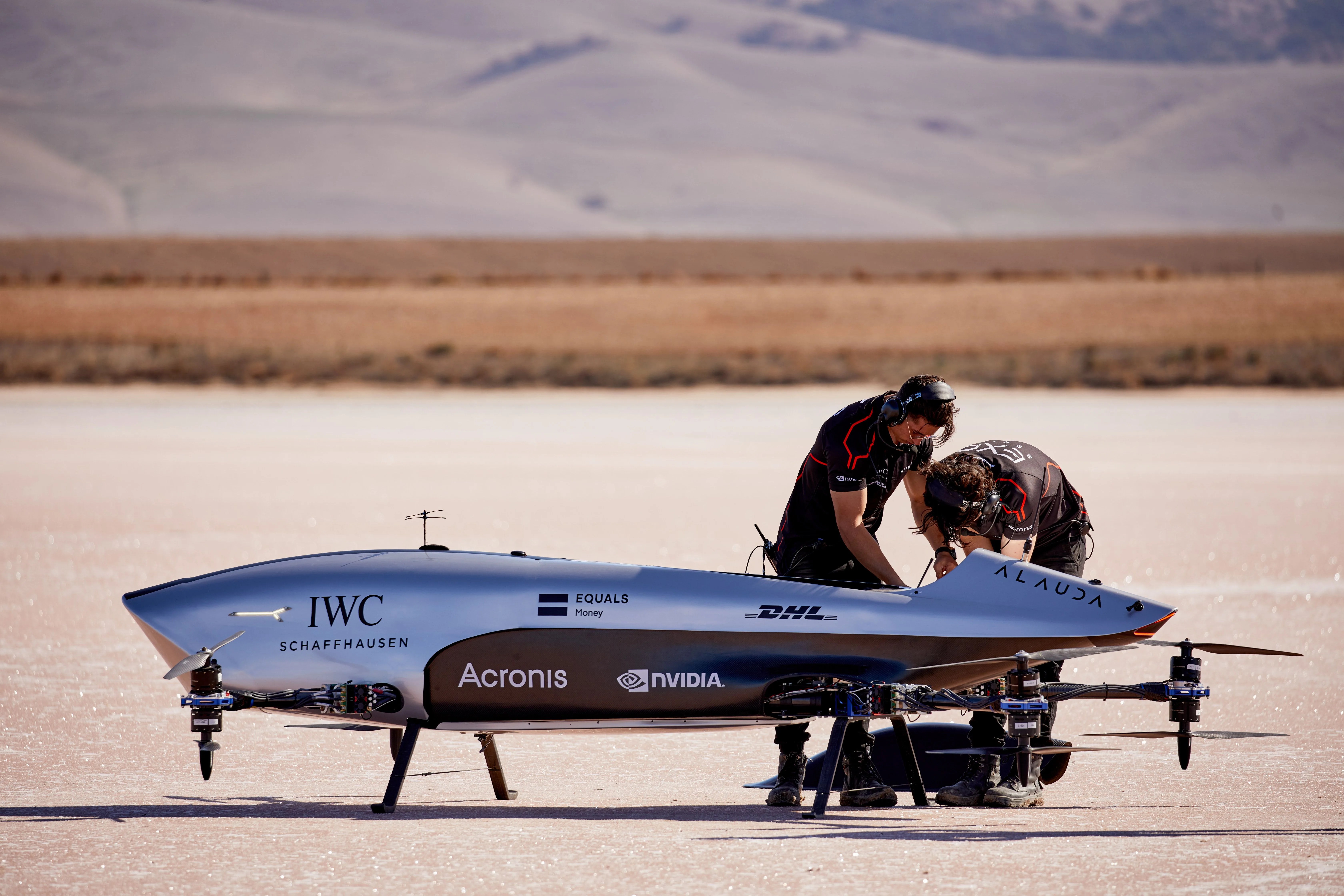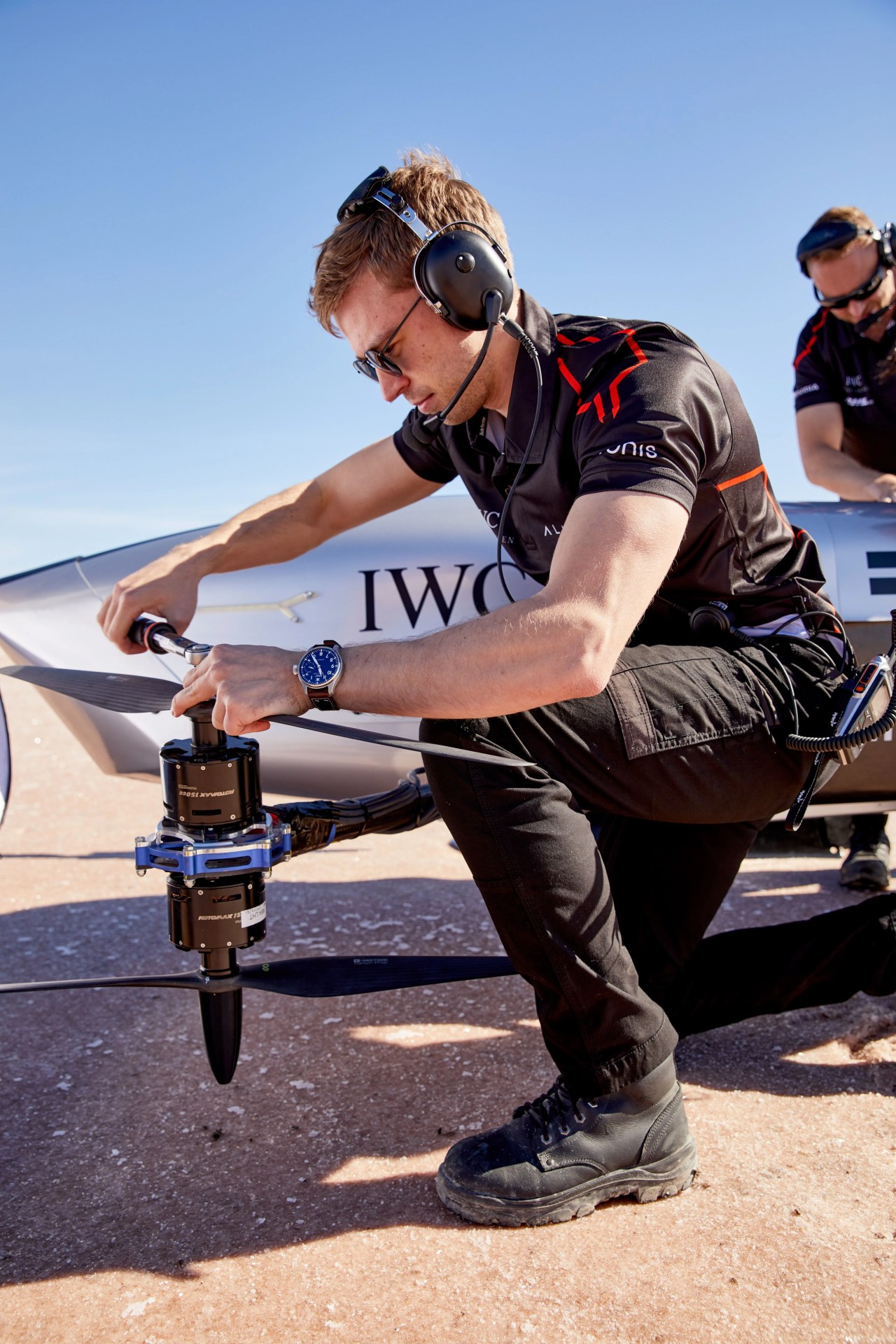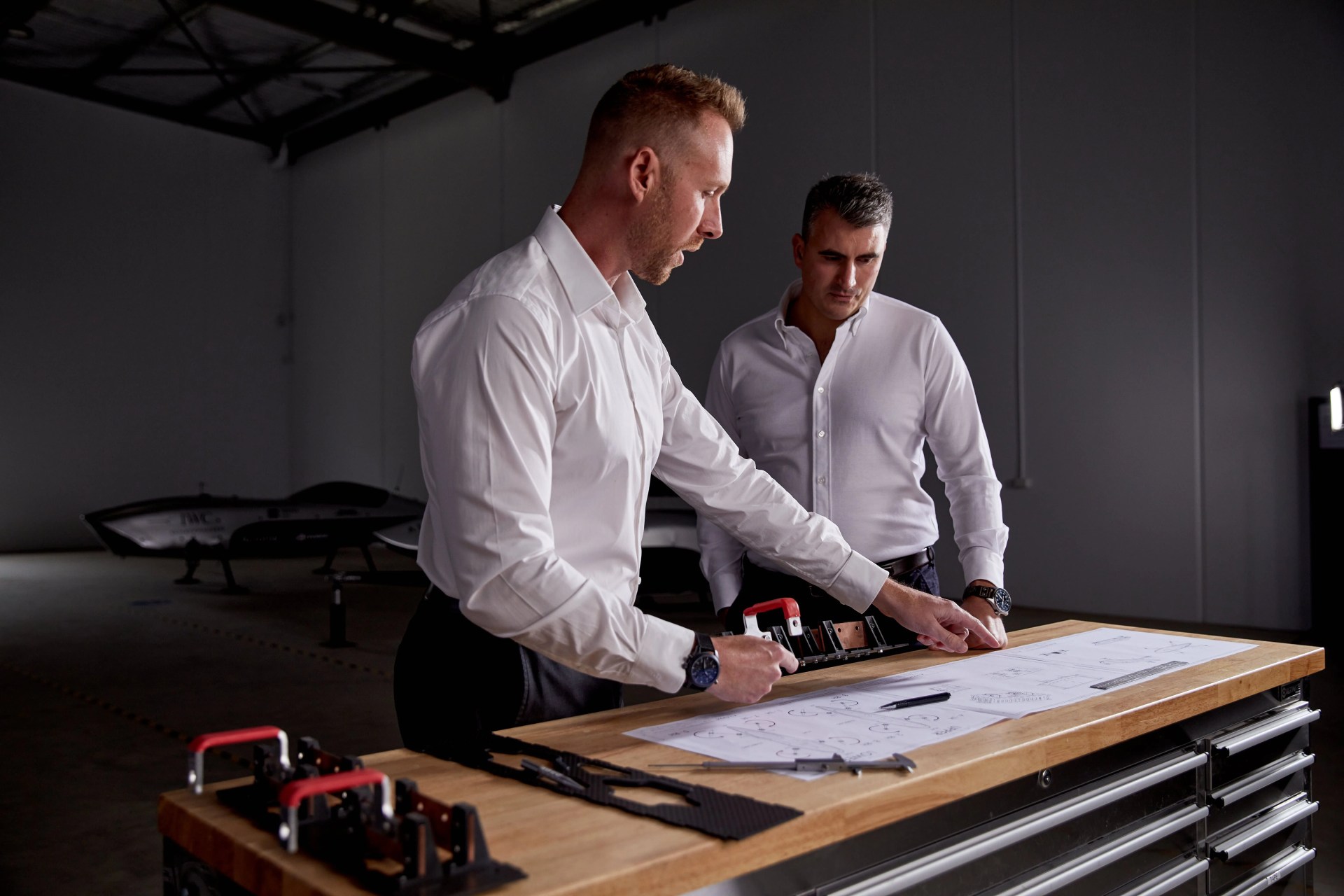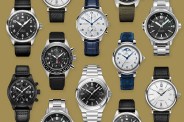IWC has been pushing the limits of horology and micro-engineering since the late 19th century. It’s no wonder, then, that the Shaffhausen-based firm would partner with some of the world’s leading companies dedicated to pushing the technological and performance-based envelopes.
The latest such company is called Airspeeder, the “world’s first electric flying car racing series.” Matt Pearson, who developed the series, runs Alauda, the manufacturer of performance flying vehicles that make use of eVTOL (electric Vertical Take-Off and Landing) technology. Pearson is looking to make a global sport of of Airspeeder, and by the looks of it, he’s well on his way: The single-pilot aircraft he developed can fly at heights of up to 40m off the ground at speeds of 200km/h over electronically created tracks, obviating the need for physical infrastructure and reducing the sport’s carbon footprint.
Partnering with Airspeeder was a no-brainer for IWC and its CEO, Christoph Grainger-Herr: “The Airspeeder team are true pioneers of aviation and they are bringing together two things that are really close to IWC’s heart. From making some of the planet’s best pilots’ watches for the last eighty years to the cut and thrust of modern automotive design and racing, we have always equipped and inspired those who dare to dream.We are proud to collaborate on an endeavor that will make such a progressive impact on society,” he said.
We spoke with Matt Pearson, the brains behind the Airspeeder project, on his inspiration, how his vision has been coming to life, and why partnering with a Swiss watch brand makes so much sense for his brand.
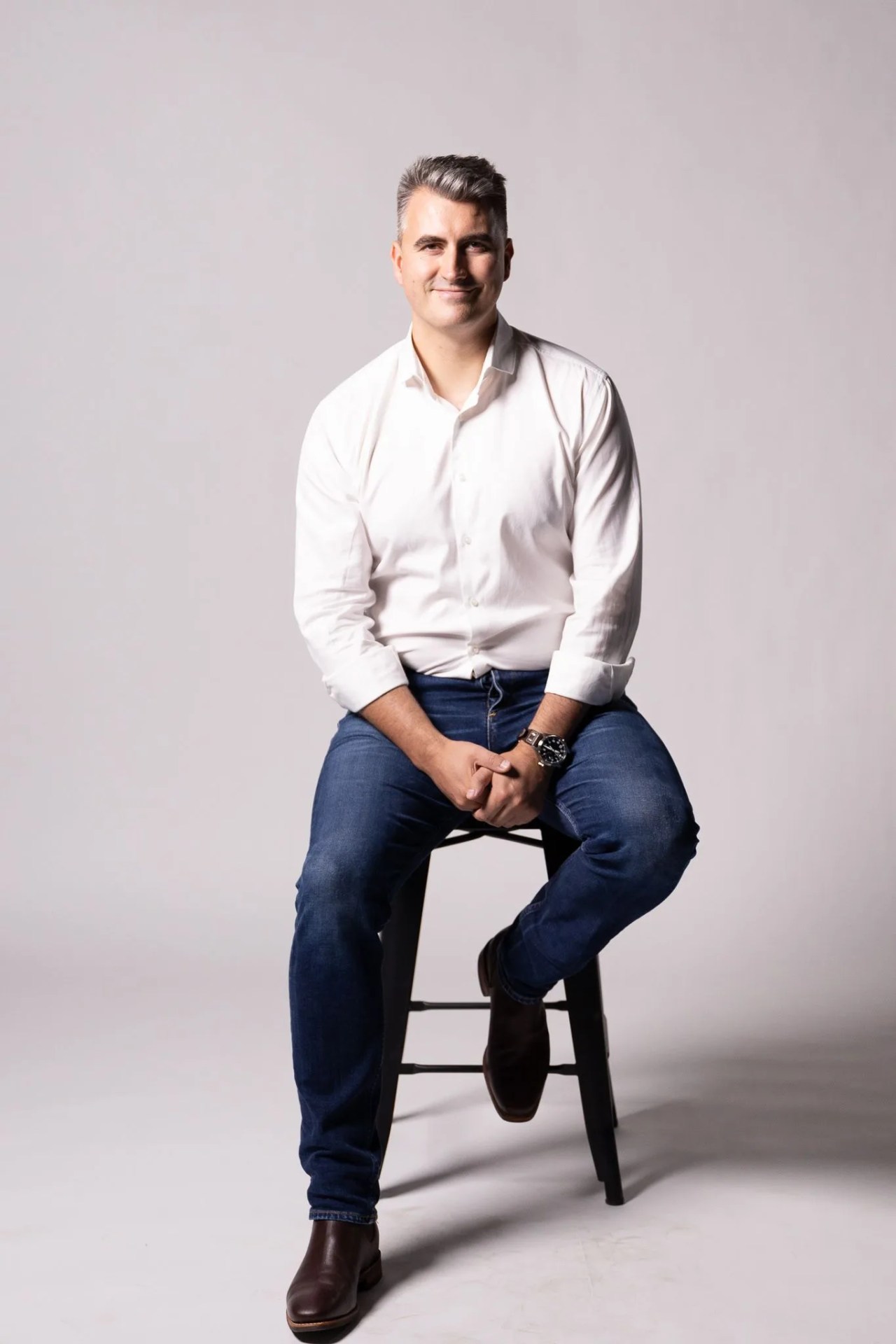
Can you tell me a bit about your background and how you became interested in flying car racing?
Quite simply. Flying cars are inevitable. This is future predicted as far back as the dawn of the automotive age by Henry Ford. What makes them feasible is the developments that have taken place in UAM and advanced air mobility technology. What we then must do is find a credible route to market. Racing has always played that role. It builds acceptance, helps the public fall in love with the technology and of course drives performance and safety. To me it feels a very near-term solution.
In terms of my life, I’ve lived around the world, starting life in South Africa and spending time in Europe before eventually settling in Australia. What this is given me is a restlessness and curiosity — this is perhaps why I’ve been so focused on my work across flying car racing and realizing the potential of nano-satellites through my other venture, Fleet Space technologies.
